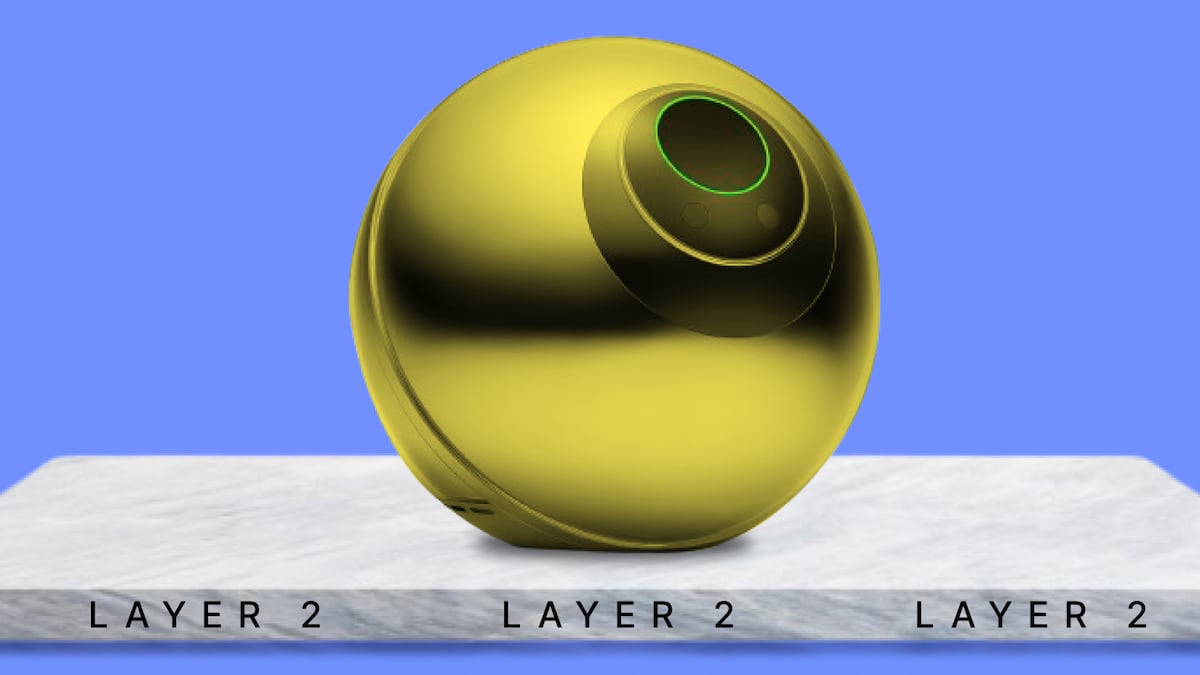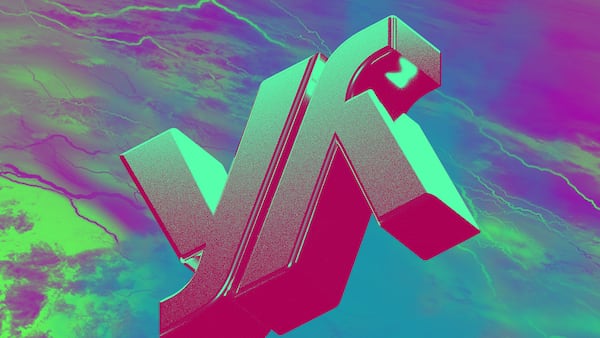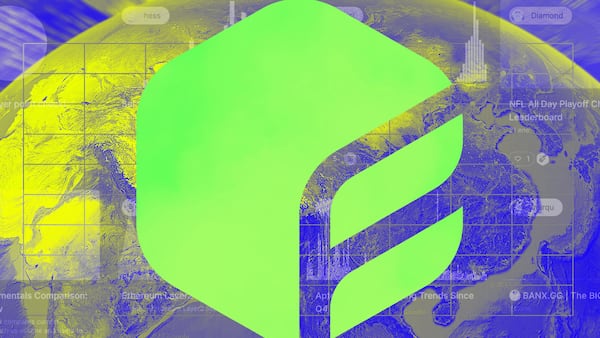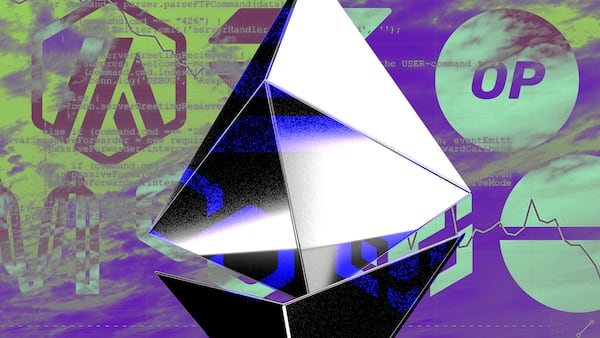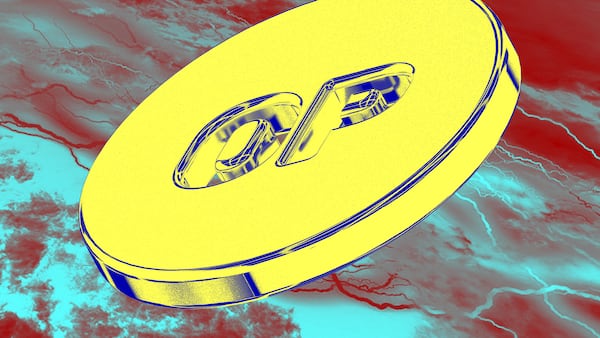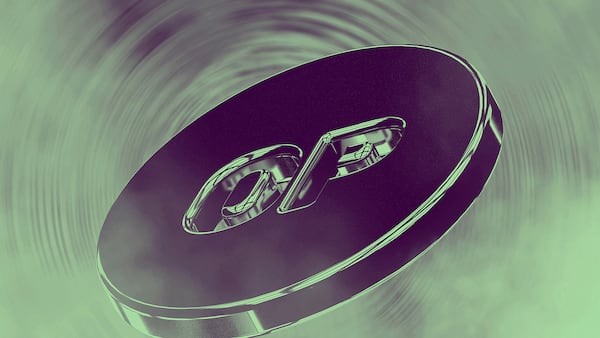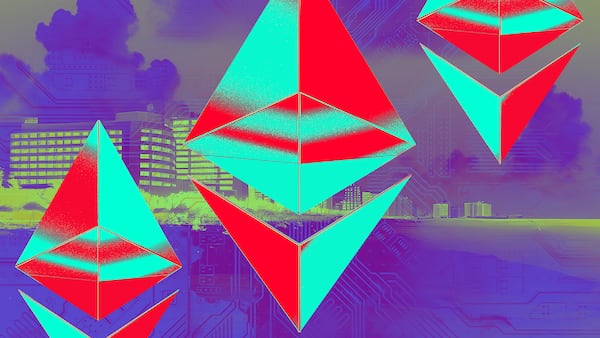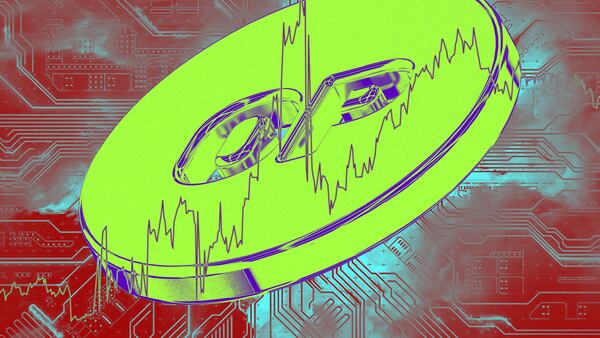- Worldcoin rolled out its blockchain called World Chain.
- The move comes as the venture deals with privacy concerns from regulators worldwide.
- Eyeball scanning project has ambitious plans for proving personhood in age of bots.
Worldcoin, the eyeball-scanning crypto startup, continues to face regulatory challenges with officials in at least six countries probing whether the project is violating user privacy.
But these issues haven’t deterred the biometric crypto venture, co-founded by OpenAI CEO Sam Altman, from expanding its footprint. On Wednesday, it launched a blockchain network called World Chain.
The Ethereum layer 2 blockchain is designed to support Worldcoin’s 10 million users. Half of them have verified their identities on the project’s World App, a crypto wallet application with more than 70 million transactions.
Dedicated network
World App previously lived on Optimism, which is itself an Ethereum layer 2 blockchain. But Worldcoin developers reckon it is time for the project to branch out into its own dedicated network.
On Optimism, World App transactions accounted for 44% of the network’s user transactions on average, a figure that often peaked at 80% during high user traffic periods, a spokesperson for Worldcoin Foundation, stewards of the biometric crypto startup, told DL News.
But Worldcoin isn’t dumping Optimism. Instead, it’s building World Chain on the latter’s Superchain technology system, wich is the same one used by Coinbase for its Base blockchain.
Optimism’s Superchain is a network of blockchains that share the same technology services and can communicate with each other. The goal of Superchain is to attempt horizontal scaling across the connected blockchains so they can service more users.
For the Worldcoin Foundation, Superchain’s horizontal scaling ambitions are a perfect fit for its push to become the world’s digital identity and financial playground by signing up 1 billion users.
“Bringing the entire world onchain presents a monumental task, exceeding the capacity of any single entity and collaboration is key,” the Worldcoin spokesperson said.
Who is human?
Worldcoin was built to solve a problem that doesn’t exist yet. In a digital world where AI-generated media, bots, and humans mingle, Worldcoin’s founders say it’s going to be crucial to know who’s human.
In order to prove that, users must first scan their eyeballs for Worldcoin and get a digital passport that proves just that.
The project has already scanned some 5 million users and provided them with WLD tokens in return.
With World Chain, Worldcoin also plans to make financial transactions cheaper for verified human users in a blockchain world overrun by bots, the spokesperson said.
Indeed, data from five major DeFi blockchains ― Solana, Base, Optimism, Polygon, and Arbitrum ― show that bots account for an average of 60% of the user activity on those chains.
That level of automation can lead to network congestion and high transaction fees for human users.
To solve the problem, the Foundation says transactions from human users will be prioritised and subsidised on World Chain.
Future airdrop?
Worldcoin Foundation says it will bear the burden of subsidising gas fees for verified human users but plans to move to a system where revenue from the fees collected from bots and power users will cover transaction costs for its casual users.
Ether will serve as the World Chain’s native currency, but casual users will be able to earn Worldcoin token grants.
The spokesperson did not comment on any plans for a future airdrop for early adopters.
Osato Avan-Nomayo is our Nigeria-based DeFi correspondent. He covers DeFi and tech. To share tips or information about stories, please contact him at osato@dlnews.com.


